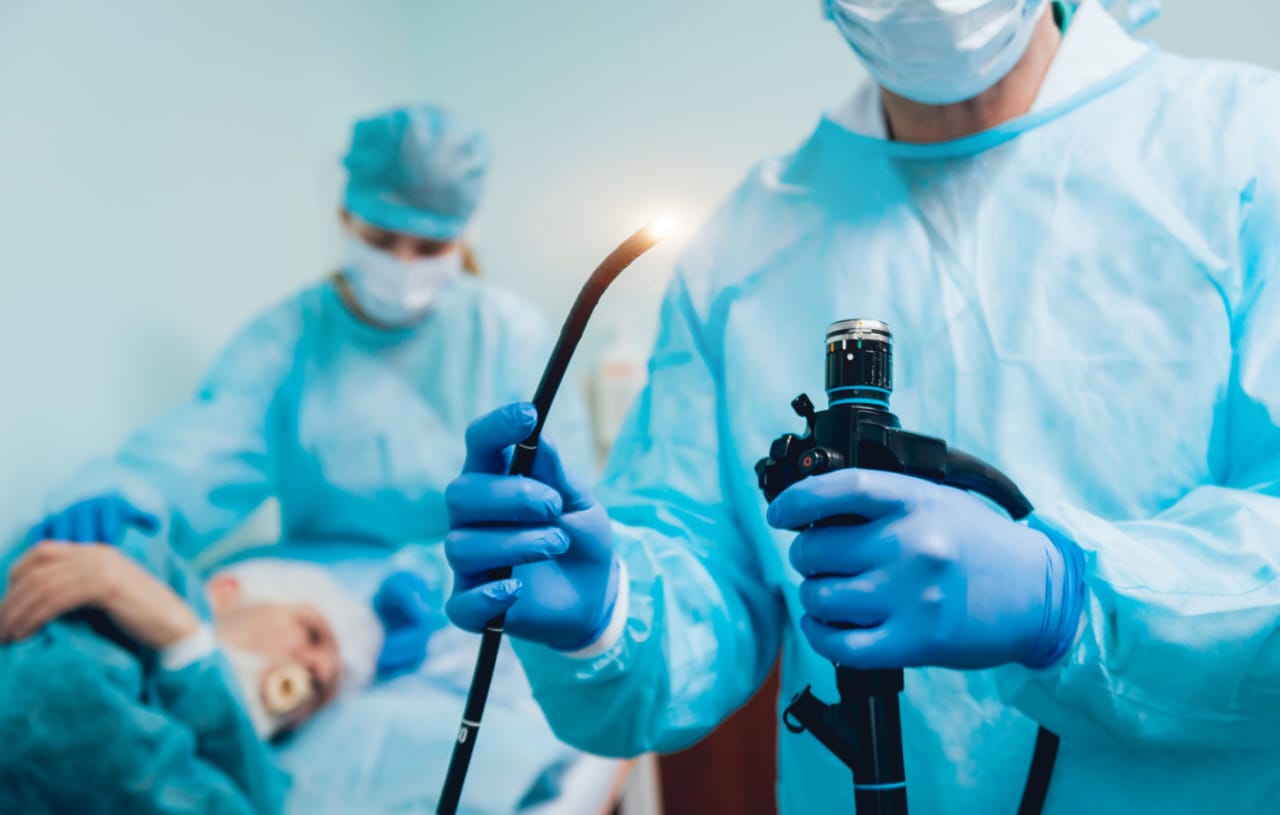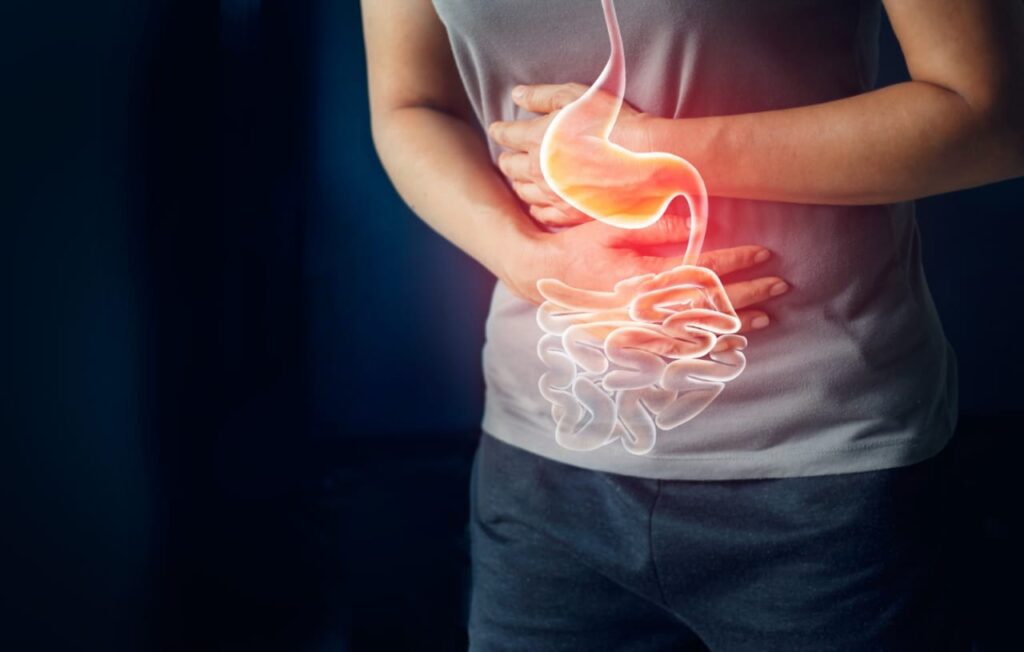CONTACT US
-
Gastronaut Clinic
3, Lilac Garden CHS, Opp. Metro Link Hotel, After Ganesh Chowk, Near Anand Nursing Home, Charkop, 90 Feat Road, Kandivali West, Mumbai – 400067. - Timing : Mon – Sat (6:00 PM To 8:00 PM)
- (+91) 8369414120
-
Gastronaut Clinic
Raj Oaks Building, 301, 3rd floor, MTNL Road, Near Don Bosco School, Mira Road East. - Timing : Mon, Wed, Thur (4:00 PM To 5:00 PM)
- (+91) 8369414120

COLONOSCOPY / LOWER GI SCOPY

Indications for Colonoscopy
- Lower GI bleeding
- Screening and surveillance of colorectal polyps and cancers:
- Colon cancer
- Surveillance after polypectomy
- Colorectal cancer post-resection surveillance
- Inflammatory bowel diseases
- Chronic diarrhoea
- Therapeutic indications for colonoscopy:
- Excision and ablation of lesions
- Treatment of lower GI bleeding
- colonic decompression
- Dilation of colonic stenosis
- Foreign body removal
- Miscellaneous indications:
- Isolated unexplained abdominal pain
- Chronic constipation
- Preoperative and intraoperative localization of colonic lesions.
Contraindications for colonoscopy
- Patient refusal
- Uncooperative patients
- Inadequate sedation
- Known or suspected colonic perforation.
- Severe toxic megacolon and fulminant colitis
- Clinically unstable patients
- Recent myocardial infarction
- Inadequate bowel preparation
- Peritonism

Preparation
Peglec solution is given in water overnight for the next morning procedure, and overnight fasting after completion of oral preparation is advised, also anaesthesia support may be necessary to ensure smooth completion of the colonoscopy procedure.
Procedure
For LGI scopy, patient is placed in left lateral position ,and with slow insufflation of air, screening of the entire colon and terminal ileum is attempted., Biopsies can be obtained as per indication.

Complications
Complications are very less common in diagnostic procedures if the patient’s health profile is good, also if endotherapy or an emergency situation arises, based on the underlying disease profile of patient and the indication and patient’s hemodynamic condition, the complications vary.
The major complications of UGI scopy /LGI scopy/Endotherapyare as follows:
- Bleeding
- Infection
- Perforation
- Cardiopulmonary problems
GASTROINTESTINAL BLEEDING
For UGI/LGI bleeding , patient needs to be stabilised and after blood parameters are checked, patient can undergo intervention to stop bleed after appropriate counselling, consent, blood product transfusion as per necessary, IV infusion, and then the patient is taken up for procedure after appropriate risk stratification as per patients profile.

CAUSES
- Ulcer bleed
- Variceal bleed in cirrhosis patients
- Diverticular bleed
- Mallory Weiss tear bleed
- Dieulafoy’s lesion bleed
- Inflammatory bowel disease related bleed
- Cancer related bleed
- Coagulation disturbances and other co-existing diseases need to be ruled out.
- Other causes(as per patients comorbid condition)
PROCEDURE
- The patient is usually placed in the left lateral position. Administer topical and/or IV sedation to minimize gagging and to facilitate the procedure.
- An antispasmodic agent (eg, hyoscine,etc) may be given to suppress gastrointestinal (GI) peristalsis.
- Bite block is placed to prevent damage to the endoscope and to ease its passage through the mouth.
- Under direct vision, pass the endoscope through the pharynx, esophagus, and stomach and into the duodenum, with careful inspection upon both insertion and slow withdrawal.
- Insufflation of air is done to distend the lumen so as to facilitate viewing. Liquid and particulate matter can be aspirated through the suction channel.
- Cirrhosis patients may need Endoscopic variceal ligation or glue endotherapy as per findings on UGI scopy. Also nonvariceal bleed like ulcer or diverticular bleed needs sclerotherapy / hemoclipping as per patients findings on endoscopic examination
COMPLICATIONS
Ongoing bleed, rebleed despite best possible treatment measures, though less common, are possible and it may sometimes require re-endoscopy and /or re endotherapy with hemoclips, sclerotherapy etc.
Other Complications as mentioned above.
Triaging the patients, counselling the patients relatives and following appropriate treatment protocols leads to best possible outcome for that patient. If necessary, higher intervention at same centre or different centre may be suggested if facilities deem so. Despite all best measures taken by the managing team of ICU/Gastroenterologists/Physician, if the patients condition does not stabilise, they can be offered alternative treatment measures like BRTO/Surgery/as necessary.
Overall outcomes and risk to life is different for different patients and also different for the same patient in different situation, which depends on the age, comorbid conditions, co-existing other organ dysfunctions, cardio-respiratory status, neurological condition and other factors on a case-to-case basis especially in case of bleeding GI patients which are having more risk than the general population for organ dysfunction and risk to life.
Above all, trusting your doctor for the treatment is of prime importance at every step of patient care in this journey of doctor-patient relationship.

Consult our Hepato-Gastroenterologist
Lorem ipsum dolor sit amet, consectetur adipiscing elit. Ut elit tellus, luctus nec ullamcorper mattis, pulvinar dapibus leo.

